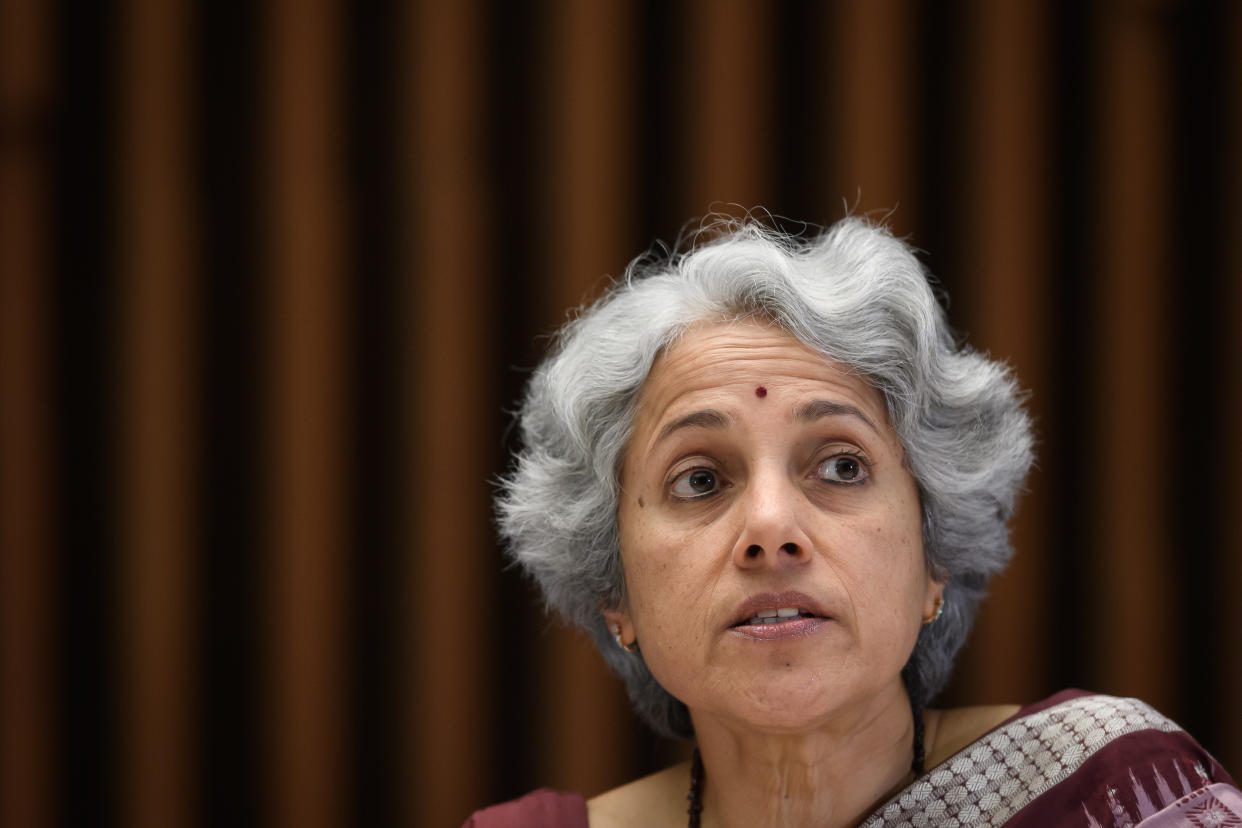WHO chief says children are at 'very low risk' from coronavirus if schools are reopened

The World Health Organization’s chief scientist believes children are at a 'very low risk' of being infected with coronavirus if schools reopen in the UK.
Speaking to the BBC's Andrew Marr Show, Dr Soumya Swaminathan said she believes "society has to restart" but that there will be a new normal.
Dr Swaminathan added that schools should be allowed to reopen providing adequate social distancing measures are in place.
“Children don’t seem to be getting severely ill from this infection,” she said, “Children are capable of getting the infection but there’s less data on how they are able to spread it.

“What we have seen in countries where schools have remained open is that there have not been big outbreaks in schools.
“And where there have been it’s been associated with events where a lot of people gather, not in regular classrooms. And it’s often been associated with an adult who has had the infection.
Latest coronavirus news, updates and advice
Live: Follow all the latest updates from the UK and around the world
Fact-checker: The number of COVID-19 cases in your local area
6 charts and maps that explain how coronavirus is spreading
“So it does seem from what we know now that children are less capable of spreading it even if they get the infection and certainly are at very low risk from getting ill from the disease.”
Dr Swaminathan said that the WHO has been analysing data in countries where schools had already been reopened or had remained open throughout the crisis.
She said the data about infection rates “has been fairly reassuring” and said there are several measures teachers and governments can take to make sure schools are safe.
“In classrooms you can rearrange the tables and chairs so children have at least one metre between them,” she suggested.
It comes as the British Medical Association (BMA) said it was “completely aligned” with teachers’ unions that are concerned coronavirus infection rates are currently too high.
The move puts the BMA in opposition to the government which plans to welcome children in reception, Year 1 and Year 6 back on June 1.
The BMA said education unions were absolutely right to be cautious and evidence was unclear whether children carried Covid-19.
But education secretary Gavin Williamson said getting children back to school was “vital” for their educational development.
He said minimising contact and mixing is a "key element" of what needs to be done, adding: "That is why we have gone in this initial stage of much-reduced sizes down to a maximum of 15.
"We have looked all across Europe to see how this best works. We have seen some good examples in nations such as Denmark where it seems to have worked very well."
He added: "We are creating a protective bubble around them, reducing the amount of mixing and making sure that those small groups stay together almost like a family within a classroom."
He suggested that by cutting the amount of contact they have with other teachers and children, it is hoped that the risk of potential infection is "dramatically" reduced.
Coronavirus: what happened today?
Click here to sign up to the latest news, advice and information with our daily Catch-up newsletter

 Yahoo News
Yahoo News 

